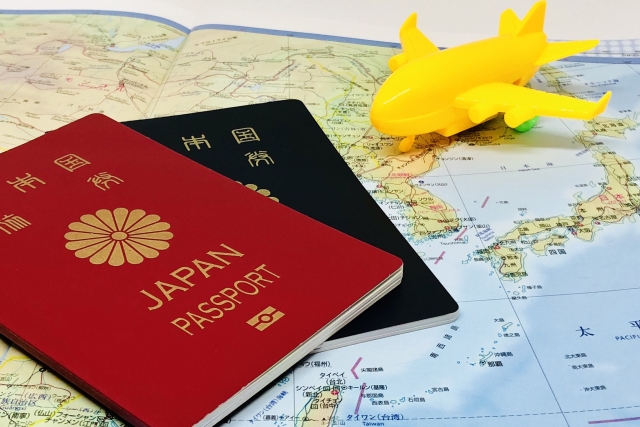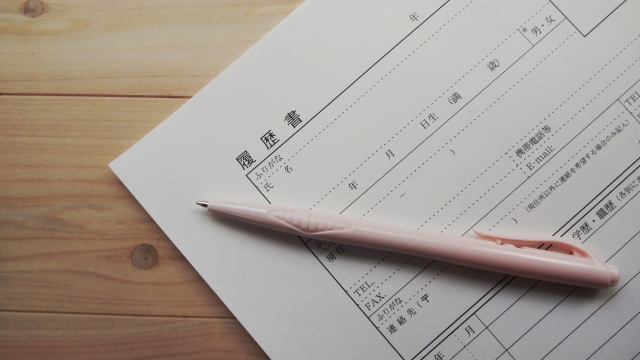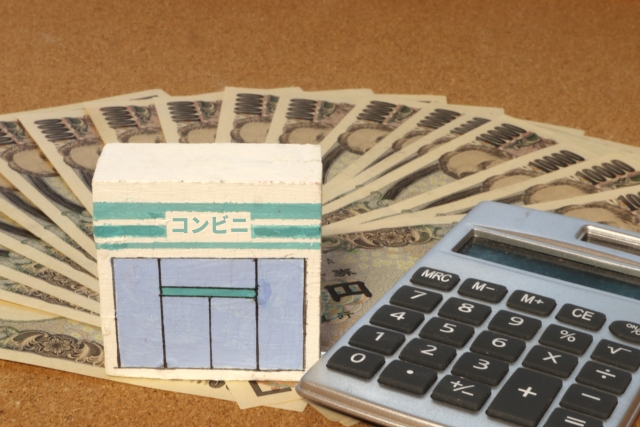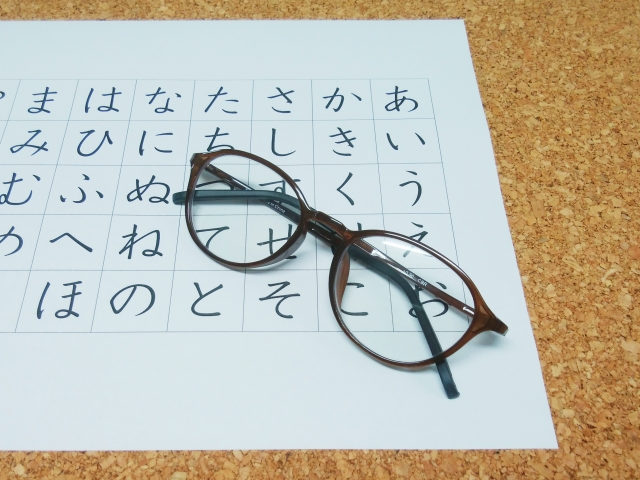最近、「九州が梅雨入りした」というニュースがありました。今回は、日本の独特な季節の一つ、「梅雨」についてご紹介します。
梅雨(つゆ)とは、本格的な夏が始まる前に訪れる曇りや雨の日が続く時期で、通常、6月上旬から7月中旬にかけて続きます。「梅雨」という言葉は、「梅の実が熟す頃に降る雨」という意味から来ていると言われています。梅雨の間は、湿度が高く、雨が多いのが特徴です。
梅雨の季節は、雨をテーマにした文学や音楽、絵画などが多く生まれるきっかけとなっています。また、梅雨の時期に咲く紫陽花(あじさい)は、その美しい花色が雨に濡れて一層引き立つことから、多くの人々に愛されています。
梅雨の湿気を利用して、伝統的な工芸品や食品の製造が行われることもあります。例えば、紙や布などの工芸品は、この湿気の中でゆっくりと乾かすことで、独特の風合いを持つようになります。また、梅の実を使った梅干し作りもこの時期に行われます。
さらに梅雨は日本の農業にも大きな影響を与えています。稲作にとっては、この時期の豊富な雨が欠かせません。梅雨の雨は田んぼに水を供給し、稲の成長を助ける重要な役割を果たしています。
梅雨は、雨の日が続くことで少し憂鬱に感じることもありますが、その一方で日本の自然や文化にとって重要な季節です。皆さんも、この梅雨の時期をぜひ楽しんでみてください。
梅雨(つゆ)とは、本格的な夏が始まる前に訪れる曇りや雨の日が続く時期で、通常、6月上旬から7月中旬にかけて続きます。「梅雨」という言葉は、「梅の実が熟す頃に降る雨」という意味から来ていると言われています。梅雨の間は、湿度が高く、雨が多いのが特徴です。
梅雨の季節は、雨をテーマにした文学や音楽、絵画などが多く生まれるきっかけとなっています。また、梅雨の時期に咲く紫陽花(あじさい)は、その美しい花色が雨に濡れて一層引き立つことから、多くの人々に愛されています。
梅雨の湿気を利用して、伝統的な工芸品や食品の製造が行われることもあります。例えば、紙や布などの工芸品は、この湿気の中でゆっくりと乾かすことで、独特の風合いを持つようになります。また、梅の実を使った梅干し作りもこの時期に行われます。
さらに梅雨は日本の農業にも大きな影響を与えています。稲作にとっては、この時期の豊富な雨が欠かせません。梅雨の雨は田んぼに水を供給し、稲の成長を助ける重要な役割を果たしています。
梅雨は、雨の日が続くことで少し憂鬱に感じることもありますが、その一方で日本の自然や文化にとって重要な季節です。皆さんも、この梅雨の時期をぜひ楽しんでみてください。
The Rainy Season in Japan
Recently, the Kyushu region entered the rainy season. Today, we would like to introduce one of Japan's unique seasons, the "rainy season”.
The rainy season (tsuyu) is a long rainy season in early summer in Japan. It usually lasts from early June to mid-July. During this period, many parts of Japan experience cloudy and rainy days. The word "rainy season" comes from "rain falling while plum trees are ripening”. During the rainy season, there’s also frequent rainfall and very humid.
The rainy season is the catalyst for the creation of many rain-themed literature, music, and paintings. In addition, many people love the hydrangeas that bloom during the rainy season because of how enhanced their beautiful colors are by the rain.
In addition, people use the rainy season humidity to produce traditional handicrafts and foods. For example, people slowly dry crafts like paper and cloth in the humidity, which gives them a unique texture. Making umeboshi (pickled plums) using ume fruits also takes place during this season.
The rainy season also has a significant impact on Japanese agriculture. Abundant rainfall during this period is essential for rice cultivation. Rain during the rainy season plays an important role in supplying water to the rice fields and helping the rice plants grow.
While the rainy season can be a bit depressing at times, it is, on the other hand, an important season for the nature and culture of Japan. I encourage everyone to enjoy this rainy season.
sign up for the Japanese-Online Newsletter
__..-・**・-..__..-・**・-.._ あいうえお かきくけこ さしすせそ たちつてと なにぬねの はひふへほ まみむめも やいゆえよ らりるれろ わゐうゑを ん __..-・**・-..__..-・**・-.._
#JapaneseOnline #LearningJapanese #FreeJapaneseLessons #JapaneseVideoLearning #JapaneseAnime #Anime #JapaneseFood #Bloguru










